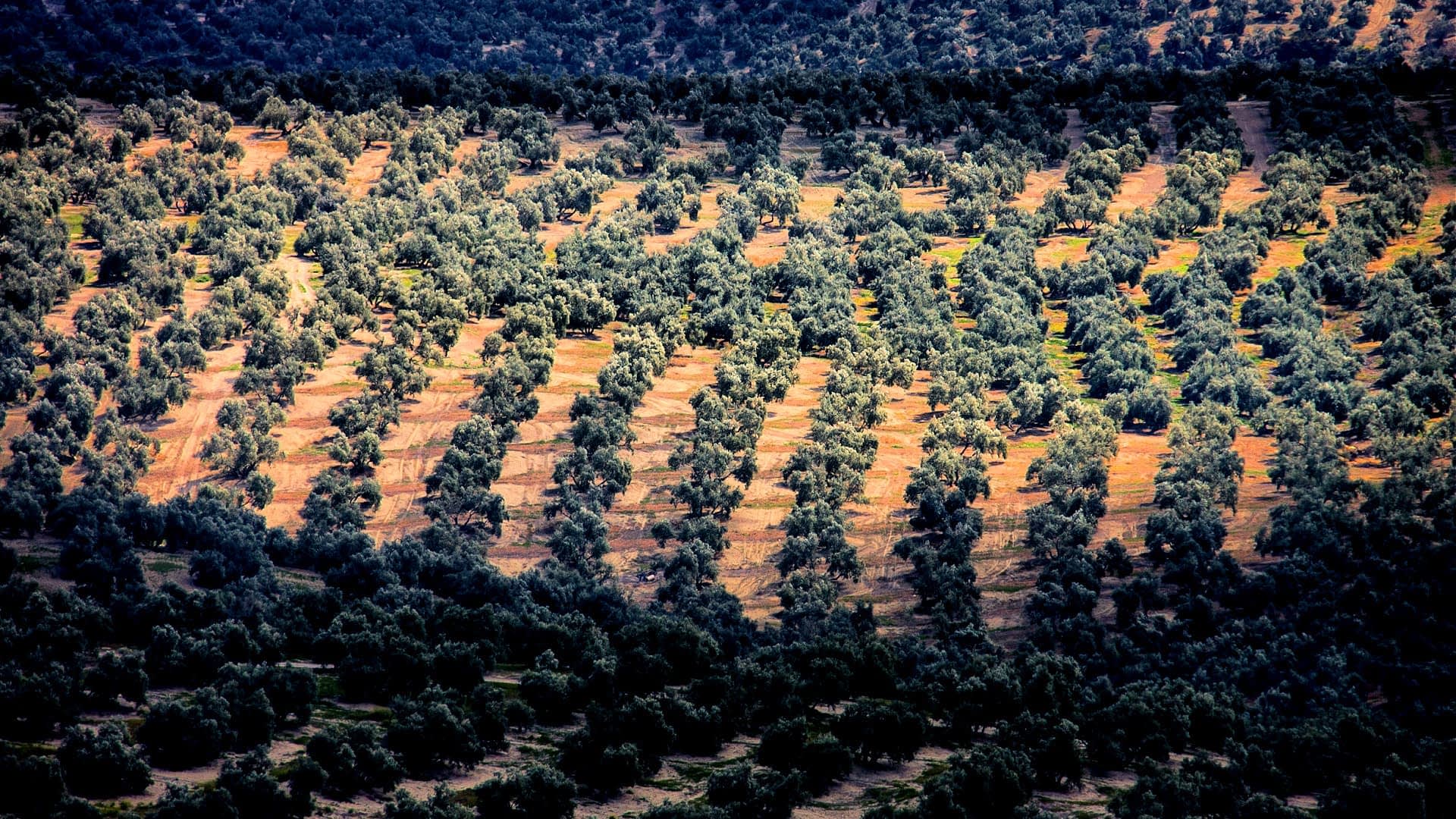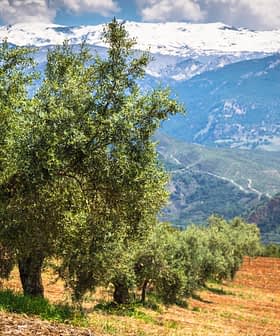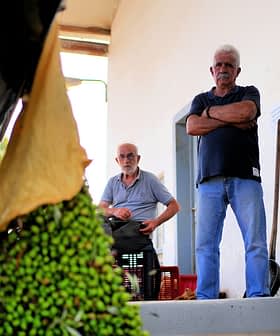 12.3K reads
12.3K readsNews Briefs
Experts Predict Significant Decline in Olive Oil Prices

International olive oil prices are expected to drop significantly in 2025, as major producers like Spain, Portugal, and Greece anticipate strong yields. Despite challenges such as climate change and high production costs, industry experts predict that prices will stabilize and decrease, with Deoleo estimating a drop to €5 per liter.
International olive oil prices are expected to fall significantly in 2025.
According to Deoleo, the world’s largest olive oil bottler, the challenges driving prices to record highs are steadily decreasing.
The company predicts that the global olive oil shortage will soon subside, as Spain is forecasted to produce between 1.3 and 1.5 million tons in the 2024/25 crop year.
See Also:Deoleo North America CEO Says Sustainability is Key to Growing Olive Oil SectorAdditionally, producers in Portugal and Greece anticipate strong yields.
Outside the E.U., major olive oil producers such as Turkey and Tunisia are also gearing up for substantial harvests, with Tunisia’s output projected to reach between 340,000 and 350,000 tons.
In this context, Italian producers’ disappointing harvest is expected to have only a marginal impact on global olive oil production.
Speaking to CNBC, a Deoleo official acknowledged that tensions surrounding extra virgin olive oil prices have not fully subsided.
“However, the outlook is positive for the coming months, as the market is expected to begin to stabilize and normality is expected to be gradually restored as the new harvest progresses and supply increases,” said Miguel Ángel Guzmán, Deoleo’s chief sales officer.
Guzmán predicted that olive oil prices would drop to approximately €5 per liter, compared to the €9 seen recently in major markets.
Dusan Kaljevic, the chief executive of Filippo Berio North America, shared a similar forecast in a recent interview with Olive Oil Times.
“If the number of 3.2 million metric tons is confirmed after the first two months of harvesting, I expect that the price will go below €5 in January,” he said.
Analyzing recent price trends, the International Olive Council (IOC) reported that rising prices were observed only in Italy in October.
Specifically, in Bari, olive oil prices rose by 5.2 percent to €915 per 100 kilograms compared to last season — well above the 2011 to 2023 average of €484.
In contrast, prices in Jaén, Spain, fell by 9.3 percent to €732 per 100 kilograms compared with the 2011 to 2023 average of €345.5.
Similarly, in Chania, Greece, extra virgin olive oil prices declined by 13.6 percent to €665 per 100 kilograms, compared to an average of €326.4 over the previous 12 years.
In its October short-term agricultural outlook report, the European Commission said that E.U. olive oil exports could see a strong rebound if prices fall during the current season.
However, high production costs continue to push prices up in many producing regions and remain a key factor in determining consumers’ final sale prices.
“After absorbing the substantial increases of the past three years, we are now witnessing a stabilization in processing costs,” Giampaolo Farchioni, owner and manager at Farchioni Olii, told Olive Oil Times.
“Another challenge lies in the widespread negative trend in extra virgin olive oil consumption over the past 12 months, affecting retail, [hospitality], food service and exports,” he added.
Over the past two years, surging olive oil prices have negatively impacted consumption.
Consumers adjusted their purchasing habits in several countries, often opting to purchase in smaller quantities or even switching to alternatives.
Many growers and industry observers in Europe believe the effects of climate change exacerbated the olive oil shortages of the last two seasons.
“This season is another complex season as the quantity of olives in Puglia is very low, it did not rain for months and the farmland without irrigation is going to produce terrible results,” said Lucia Di Molfetta, co-owner of the Apulian producer Di Molfetta Pantaleo. “The price of olives is still very high, while this last week olive oil prices are dropping.”
“This season is another season that we are going to remember,” she added. “With climate change impacting like that, many more seasons like this we are going to see.”
Deoleo and Filippo Berio acknowledge climate change as a significant challenge for the industry.
“It has been identified as an existential threat to the industry,” said Guzmán, emphasizing the need for the sector to adapt to “an increasingly uncertain future.”









